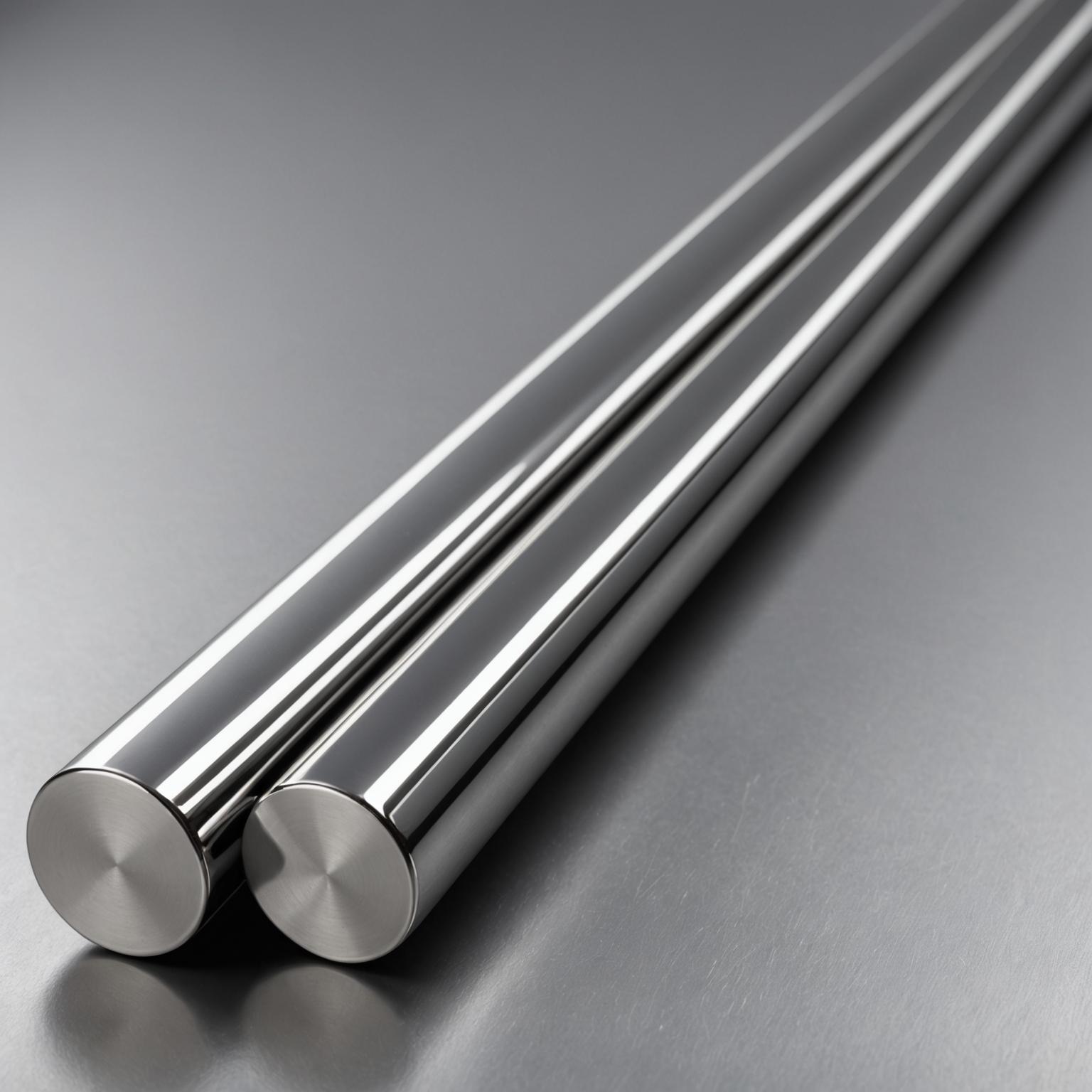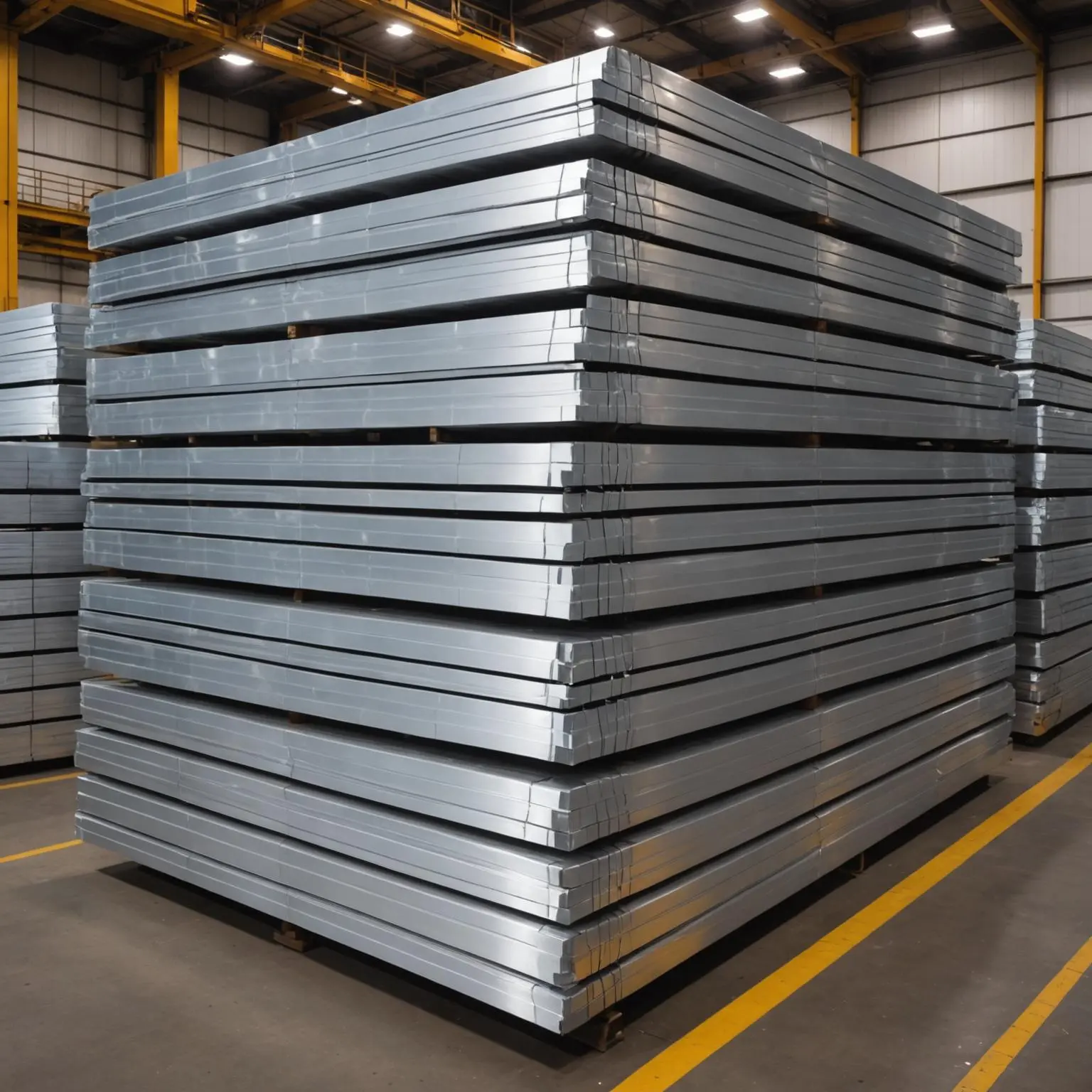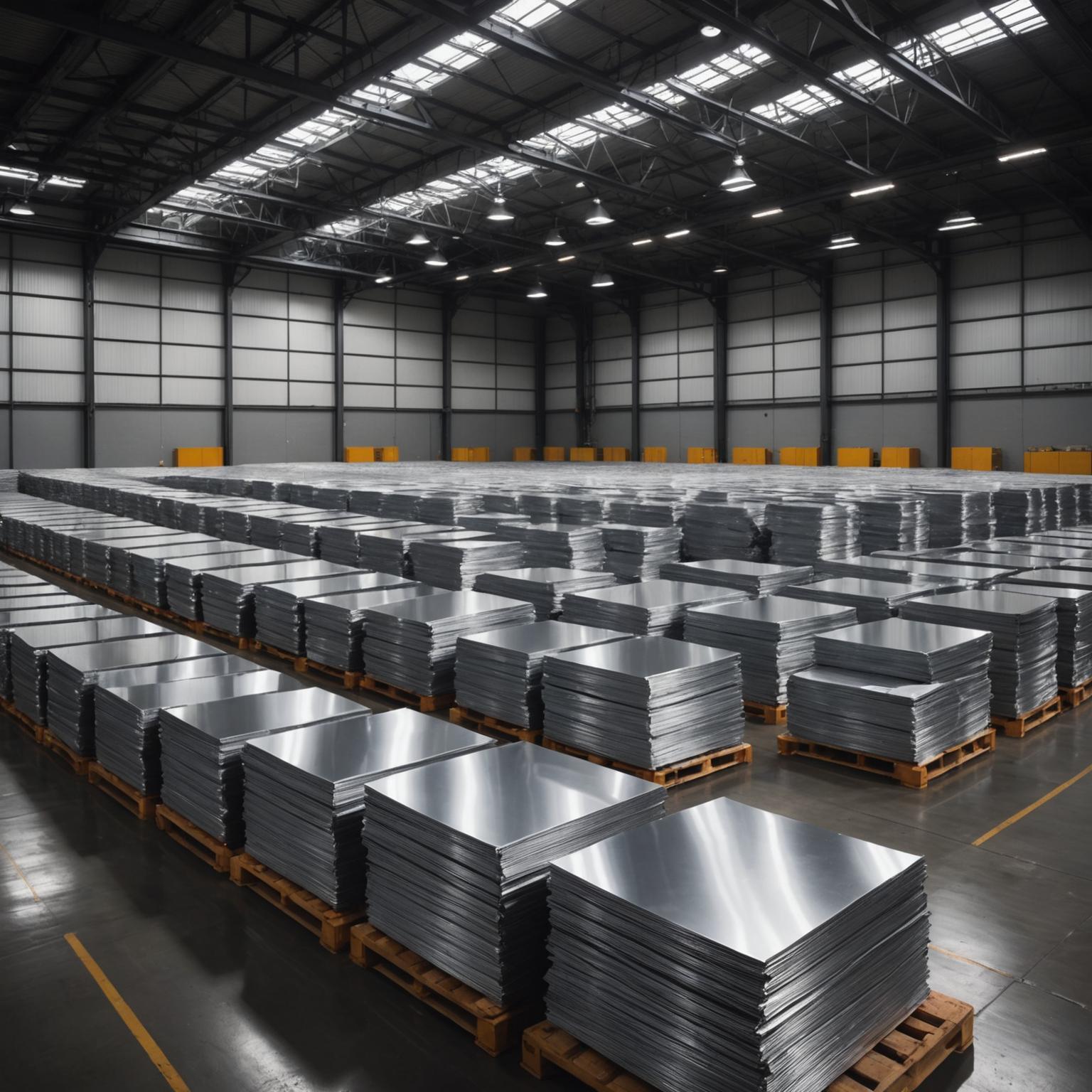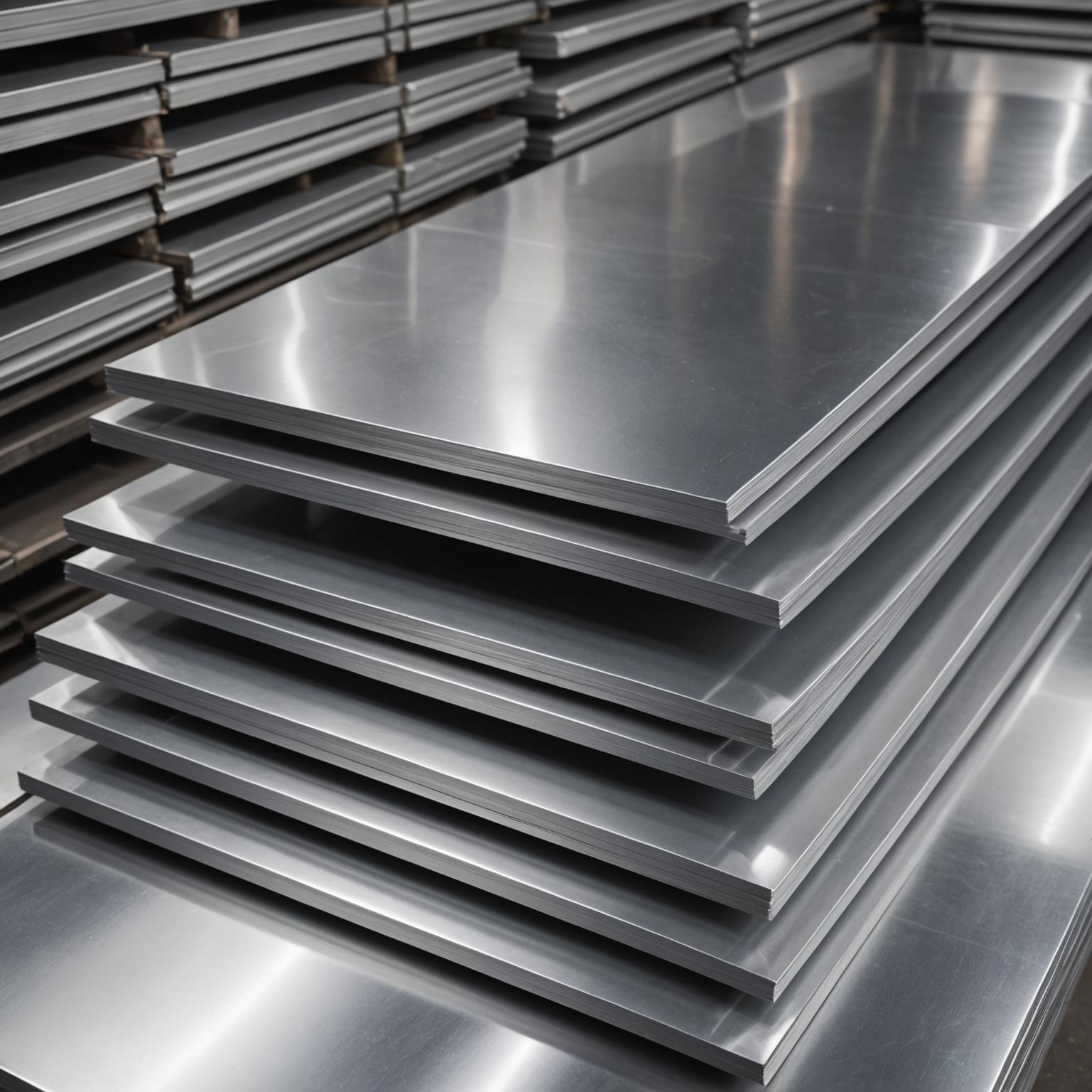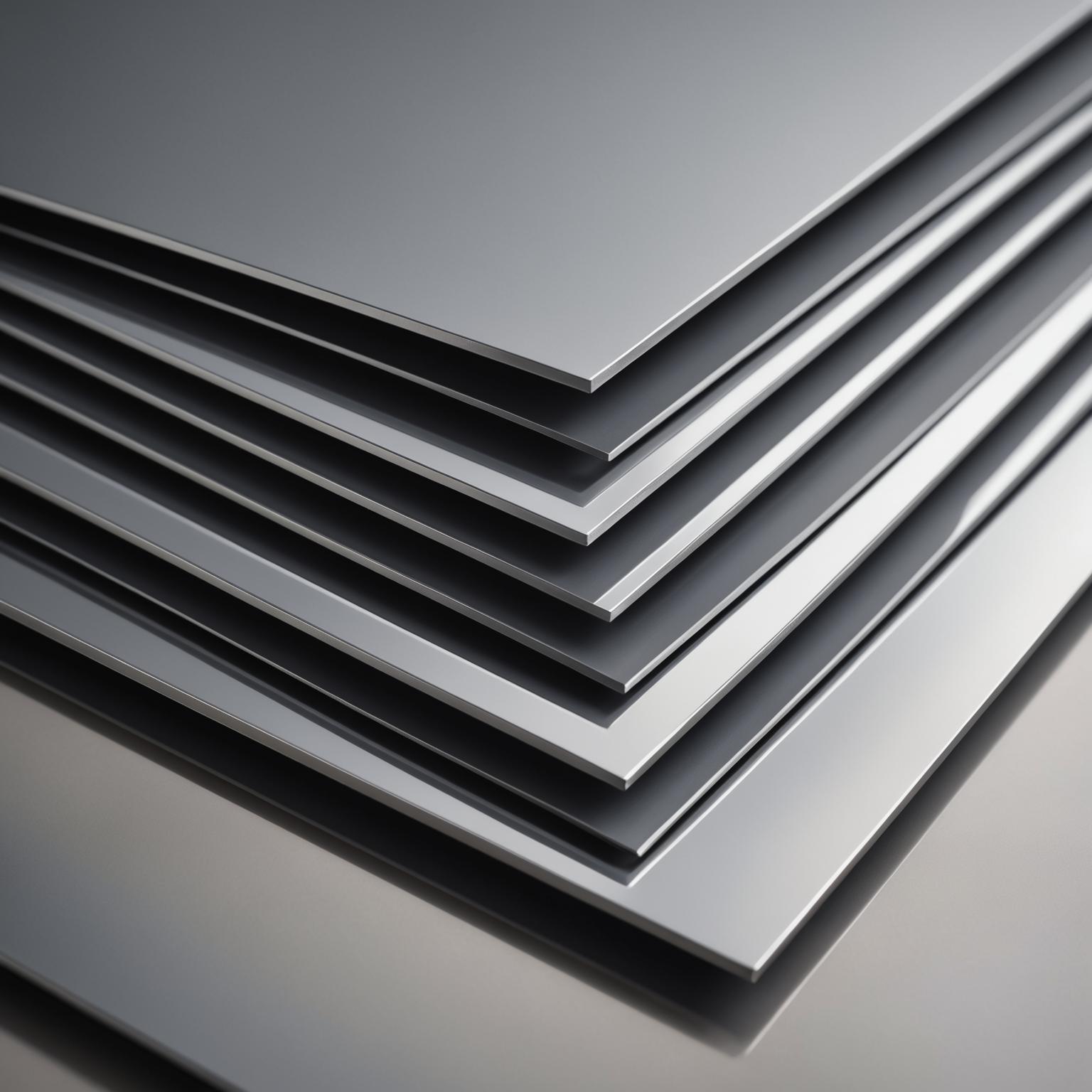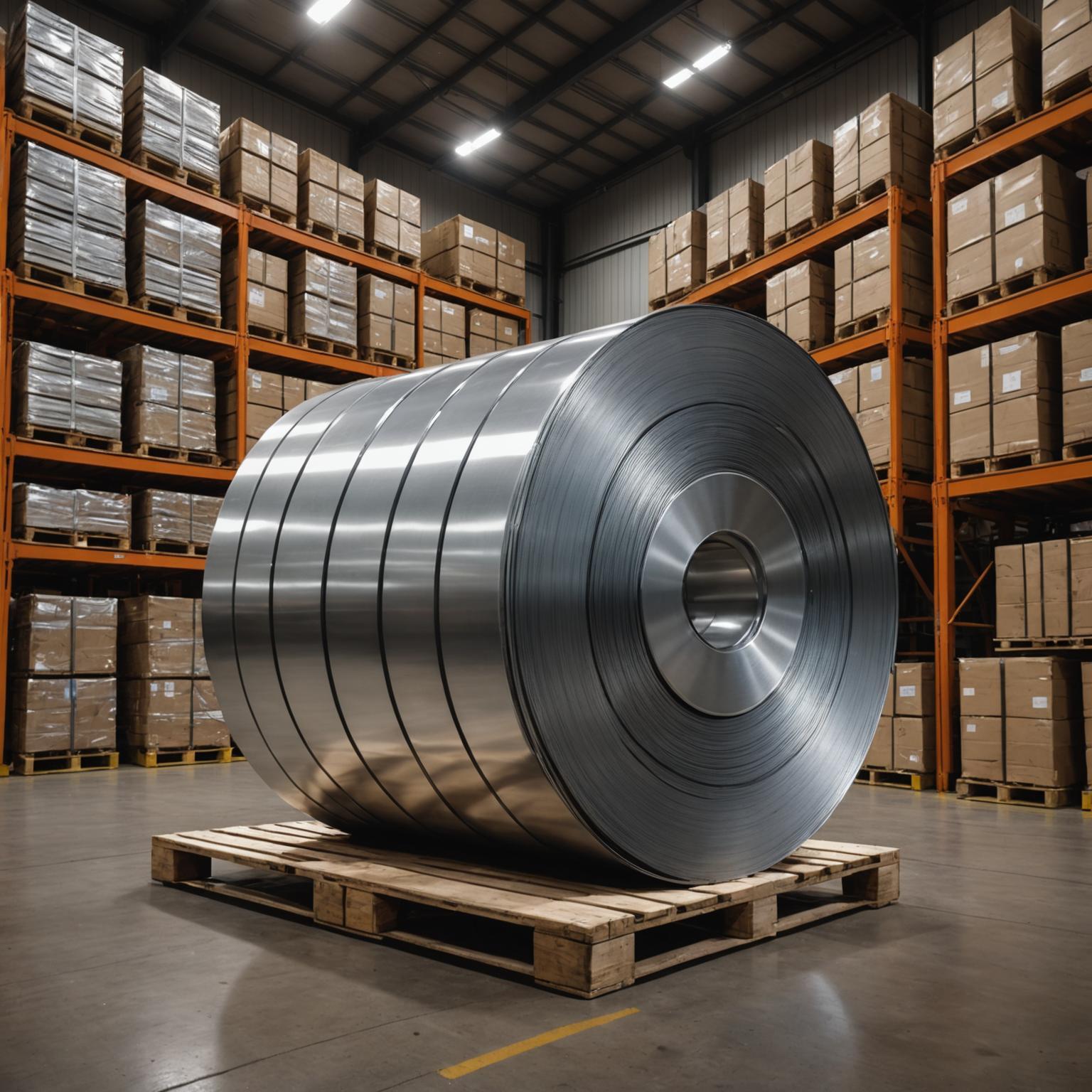When embarking on a new project, whether for industrial, commercial, or even high-end residential use, the choice of materials is a foundational decision that impacts everything from budget to longevity. Stainless steel round bars are a popular choice for their strength, durability, and aesthetic appeal. However, not all stainless steel is created equal. The two most common grades, 304 and 316, offer distinct properties, and a primary deciding factor for many is the 304 vs 316 stainless steel round bar cost. Understanding the differences between these two alloys is crucial for selecting the right material that balances performance requirements with financial constraints, ensuring the long-term success of your application.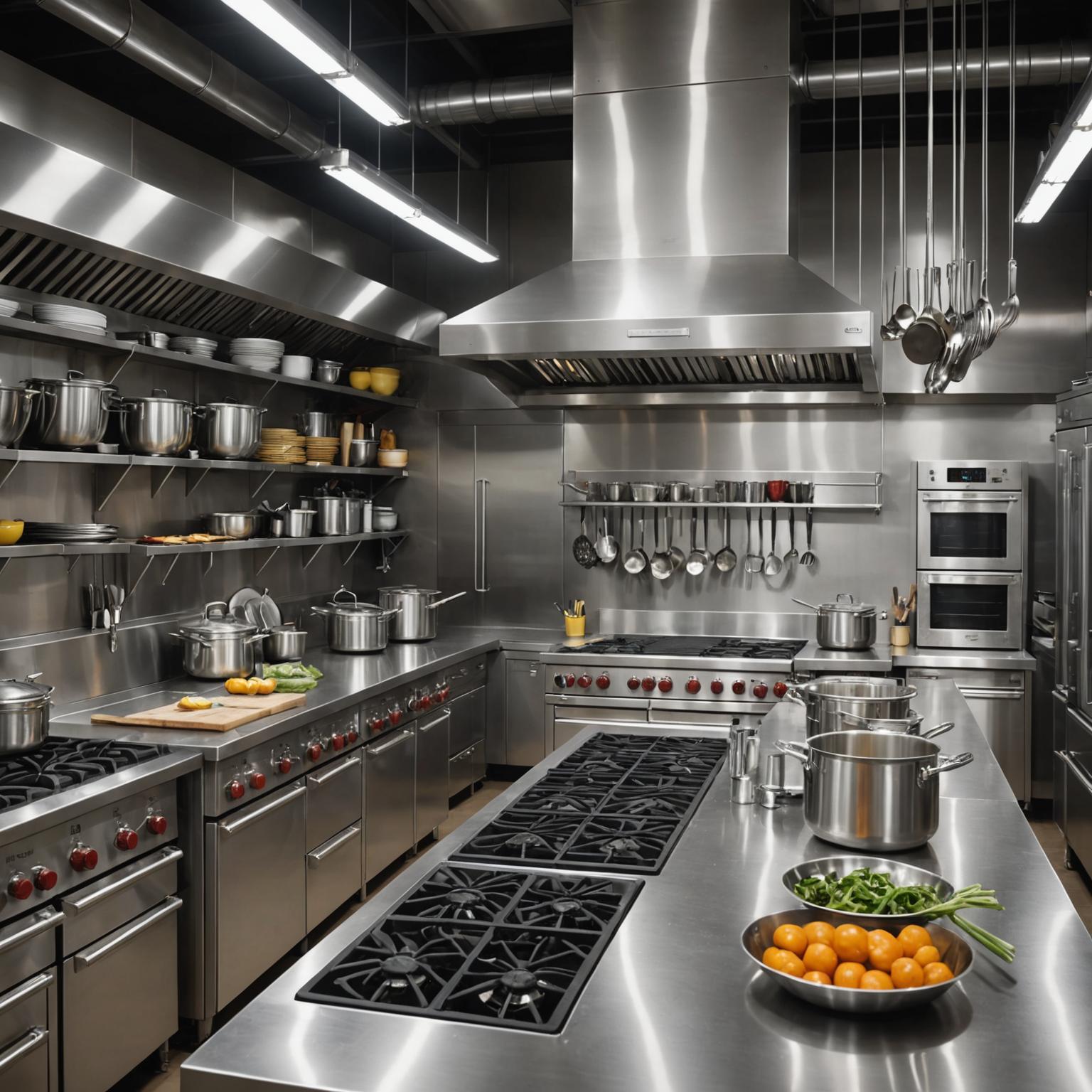
Grade 304 Stainless Steel: The Versatile Workhorse
Grade 304 is the most widely used stainless steel in the world, often referred to as the standard "18/8" stainless due to its composition of 18% chromium and 8% nickel. This composition gives it excellent resistance to a wide range of atmospheric environments and many corrosive media. Its popularity stems from a fantastic combination of strength, workability, and corrosion resistance at a relatively affordable price point. You will find 304 stainless steel in an astonishing array of applications, from kitchen equipment like sinks, countertops, and appliances to architectural elements like paneling and railings. Its smooth, often polished surface is not only easy to clean and sanitize, making it ideal for food and beverage industries, but it also provides a modern, sleek look. For most indoor and general outdoor applications where the component will not be exposed to high salinity or aggressive chemical agents, 304 stainless steel round bar offers a reliable and cost-effective solution.
Grade 316 Stainless Steel: The Marine-Grade Champion
While 304 is a versatile all-rounder, Grade 316 takes corrosion resistance to the next level. The key difference in its chemical makeup is the addition of molybdenum, typically around 2-3%. This single element significantly enhances its ability to resist corrosion, particularly from chlorides and other industrial solvents. This makes 316 the superior choice for more demanding environments. It is famously known as "marine-grade" stainless steel because of its exceptional performance in saltwater and coastal applications where chloride exposure is a constant threat. Beyond marine hardware, 316 is essential in chemical processing plants, pharmaceutical equipment manufacturing, and medical implants, where resistance to pitting and crevice corrosion is non-negotiable. While it shares the same aesthetic appeal and strength as 304, its specialized composition makes it the go-to material for projects where failure is not an option.
Performance Showdown: 304 vs. 316
When comparing the two grades directly, the primary distinction is performance under corrosive attack. In a benign environment, both 304 and 316 will perform admirably and may appear identical. However, the moment chlorides are introduced—from de-icing salts on a road, sea spray in a coastal city, or certain industrial chemicals—the difference becomes stark. Grade 304 is susceptible to pitting and crevice corrosion in these conditions, which can compromise the structural integrity and appearance of the material over time. Grade 316, with its molybdenum content, will withstand this attack far more effectively, ensuring a longer service life. In terms of mechanical properties like tensile strength and hardness, the two grades are very similar. Both are also readily weldable and offer excellent formability. Therefore, the decision rarely comes down to strength or ease of fabrication, but almost entirely to the level of corrosion resistance required by the service environment.
The Bottom Line: Analyzing the 304 vs 316 Stainless Steel Round Bar Cost
This brings us to the most critical factor for many project managers and engineers: the budget. There is a clear price difference between the two grades, and the 304 vs 316 stainless steel round bar cost is a direct reflection of their elemental composition. Grade 316 is consistently more expensive than Grade 304. The primary reason for this price premium is the inclusion of molybdenum, which is a relatively costly alloying element. Furthermore, Grade 316 also typically contains a slightly higher percentage of nickel than 304, another expensive component. As a result, you can expect to pay anywhere from 25% to 40% more for 316 stainless steel round bar compared to its 304 counterpart. This price difference can be significant, especially on large-scale projects requiring a substantial amount of material. It forces a careful evaluation of whether the enhanced corrosion resistance of 316 is a necessary investment or an unnecessary expense.
Making the Right Decision: Application-Driven Choices
Choosing between 304 and 316 stainless steel is a classic case of matching the material to the application. For indoor applications like kitchen fixtures, decorative trim, food preparation surfaces, or structural components in a controlled environment, 304 stainless steel is almost always the more sensible and economical choice. It provides all the necessary corrosion resistance and durability without the extra cost associated with 316. However, if the round bar will be used outdoors in a coastal region, on a boat, in a swimming pool environment, or in any setting where it will be exposed to chemicals or high salinity, investing in Grade 316 is crucial. The higher upfront cost is easily justified when you consider the long-term savings in maintenance, repairs, and potential replacement costs that would be incurred if the less-resistant 304 were to fail prematurely.
Conclusion: Balancing Cost and Performance for Long-Term Value
In summary, the debate between 304 and 316 stainless steel is a trade-off between price and performance. Grade 304 is an excellent, all-purpose stainless steel that serves a vast number of applications reliably and economically. Grade 316 is a premium, specialized alloy that offers superior protection in harsh, corrosive environments. The initial 304 vs 316 stainless steel round bar cost is a major driver in the decision-making process, with 316 carrying a notable premium. However, the true cost of a material should be measured over its entire lifecycle. Selecting the cheaper option for a demanding environment can lead to far greater expenses down the line. A thorough analysis of the intended service conditions is the best way to determine whether the versatile 304 or the robust 316 is the right investment for your project.



